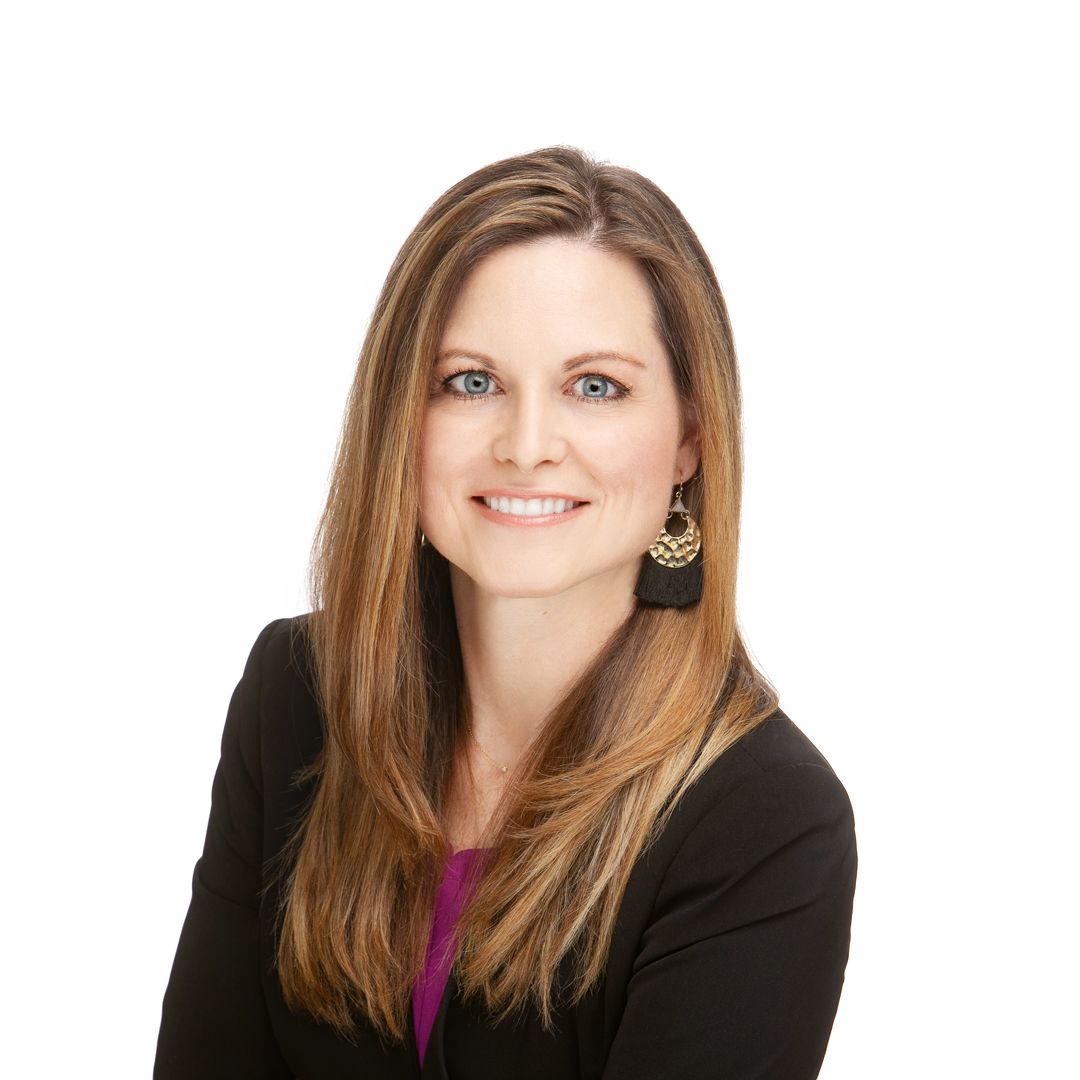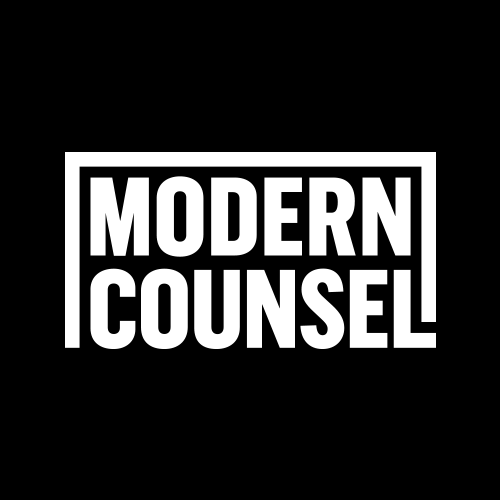Michael Lanza is redefining what it means to be a legal leader. As executive vice president, general counsel, and chief compliance officer at Selective Insurance, a Fortune 1000 company that is one the most respected commercial property and casualty insurance holding companies in the nation, Lanza naturally has oversight of the company’s legal strategy, government affairs, and compliance matters.
Throughout his fifteen years at Selective, Lanza has pushed beyond the scope of a traditional general counsel role, committing himself to finding innovative and inspiring ways to create the best possible experience for Selective customers as well as for the communities it serves across the United States.
A graduate of the University of Connecticut and University of Connecticut School of Law, Lanza spent years honing his expertise in private practice and in domestic and international in-house counsel roles before coming to Selective in 2004. Since then, Lanza has coordinated with teams from all across the company on an array of different projects, from the development of a seven-acre solar facility to the creation of a cross-functional Innovation lab that looks for new insurance and risk management products and services.

But one project in particular has stood out from the crowd: the development of an innovative “Insurtech” risk management product and service that detects distracted driving called Selective Drive.
“Insurtech—insurance-tech—is kind of like fintech for banks,” Lanza explains. “It’s about using technology to innovate and find ways to deliver efficiencies and innovations for our customers within a regulated environment.”
The winner of the 2019 Business Insurance Innovation Award, Selective Drive is “essentially a telematics device—it connects to the driver’s car and can detect speed, location, harsh turning, fast acceleration, braking, and whether or not there’s been an accident,” Lanza says. “But the really cool part is that, in addition to those capabilities, it can detect when drivers use their phones. Distracted driving is one of the biggest dangers on our roads today; Selective Drive is one way we are working to help make people and communities safer.”
Each driver using Selective Drive connects their phone to the system, enabling it to recognize when a driver texts, takes a call, or even when they use Bluetooth. Each driver receives a score based on their driving performance, and that score is negatively impacted every time the driver uses their phone.
“The National Highway Traffic Safety Administration says that any sort of distraction is a problem and talking on the phone—even using a Bluetooth device—is distracting,” Lanza points out. “An estimated 25 percent of car accidents involve phone usage, and car accidents are the number one cause of workplace deaths. Until drivers are as vigilant about putting down their phones as they are about wearing a seatbelt, Selective Drive is vital.”
But the impact of Selective Drive was designed to extend beyond the driving skills of any one individual, Lanza says. Rather, it is specifically geared toward corporate-owned fleets of vehicles. If a florist, for example, owned half a dozen different delivery cars and vans, they could use Selective Drive to see how their drivers were doing and evaluate whether those drivers were being safe. As Lanza points out, “It’s bad for business as well as for individuals on the road when drivers aren’t responsible.”
Of course, Selective is not the only institution committed to making roads safer. Lanza has worked with the National Center for State Courts to address this issue. “We thought that if courts were going to have an alternative sentencing mechanism for drivers charged with moving violations, the program should involve learning the ramifications of distracted driving,” Lanza says. This led to Selective’s funding of the driving simulators.
Typically classified as misdemeanors, moving violations can include infractions such as speeding, running a stop sign, failure to use a seat belt, or driving in the carpool lane with no other passengers in the vehicle. Drivers with moving violations are frequently required to pay a fine as a penalty. But some people, Lanza notes, are not always easily able to pay those fines.
“Courts were having issues where people were being thrown in jail because of their inability to pay the fine,” Lanza says. “State courts are extremely overburdened and crowded due to funding issues, and we saw the driving simulator as a way to help alleviate that burden for court administrators as well as to help make sure that people don’t go to jail just because they can’t pay a fine.”
Through the alternative, simulation-based sentencing program, drivers with moving violations are able to “go through the simulator and prove that they can handle certain scenarios” instead of paying the fine.
“If we can help the courts be more efficient, prevent deaths on the highway, or make our customers safer, it’s important that we do that,” Lanza emphasizes. “To me, part of the role of the general counsel of any publicly traded company is to make sure that the company is able to do things that benefit society.”
Extraordinary Service
In support of the National Task Force on Fines, Fees, and Bail Practices—a project of the Conference of Chief Justices, the Conference of State Court Administrators, and the National Center for State Courts—Michael Lanza and Selective sponsored a driving simulator safety training pilot project, testing whether simulators are an effective sanction in traffic-related cases where people are unable to pay their fines and fees.
In recognition of his extraordinary work, the National Center for State Courts inducted Lanza into the Warren E. Burger Society, which honors individuals who have demonstrated an exemplary commitment to improve the administration of state court justice. Other Society members include esteemed politicians and legal minds such as Nicholas de B. Katzenbach, Judith S. Kaye, Howell T. Heflin, and Ellen Ash Peters.
Lanza also serves as a board member for the Newton Medical Center Foundation and as president of the Selective Insurance Group Foundation.

